Articles
Written By:
Jennifer McMaster
Photos By:
B.Hosking & C.Weaver


Electrify Your Home
Culture is a strange phenomenon, in that what starts out as a fringe issue can suddenly feel like it’s everywhere. In the last few months, this has been the case with electrification, a topic that is being widely discussed in articles, podcasts and books here in Australia and around the world.
Electrification is the process of disconnecting our lives, and our lifestyles, from energy sources that rely on fossil fuels. The term covers everything from electrifying our homes and cars, to reconfiguring how we power our national energy grids. As a shorthand, it also refers to houses that uses electricity for all their energy needs, including heating, hot water and cooking. In such homes, the fossil fuel connection – typically gas – is either turned off or never installed in the first place.
The shift to mandate all-electric homes has been gaining momentum for some time. In 2019, the Californian city of Berkeley was the first in the United States to outlaw gas connections in most new buildings. As of this year, New York City will follow suit, enacting a ban on gas cooking and heating in all new buildings under seven storeys. Across the Atlantic, the Netherlands and France are implementing similar policies.
Here in Australia, Saul Griffith’s formidable book, “The Big Switch,” has charted a road-map for Australia’s all-electric future. His argument scales from the individual consumer through to the national economy and, he argues, we all have a role to play when designing and powering our homes. In our home city of Sydney, some local councils, such as Waverley Council, are banning gas appliances and mandating electric hot water systems on Development Applications.
The future, it appears, is upon us – and it’s undeniably electric.
There is a saying that change begins at home and, in the case of electrification, our houses are one of the first places that we should be embracing electrification.
The first and most familiar way to embrace renewable energy is to install solar panels on your home’s roof. Around 3.2 million Australian households have already taken this step and are reaping the environmental and economic benefits of using solar energy. Within our projects, we have seen clients receive quarterly energy bills of less than $30, as most of their energy is covered by their solar photovoltaic systems.
Solar panels can also connect to a home’s hot water system, providing an almost-free service. Smart choices in this regard include electric boosted solar hot water systems or heat pumps. Our studio frequently specifies heat pumps due to their efficiency and low emissions impact, and these are increasingly becoming the progressive choice in Australian homes.
Last of all, there are countless ways to heat and cool your home that diverge from conventional gas. In mild climates, passive design strategies can be remarkably effective in making a home comfortable, while more active systems – such as air conditioning, radiators or in-slab hydronics – are easily serviced by electricity.
The most effective homes overlay several of these systems so that they work symbiotically. In doing so, these houses become operationally carbon neutral. This is the case with Curl Curl House, Draped House and Windward. Each of these projects relies on 5 to 6.6kW of solar panels (0r more), which sustain an average family’s energy needs. Their remaining services and appliances are all electric, and this means these households no longer rely on fossil fuels.
The true benefit of fully electric homes is that our clients receive low (or non-existent) power bills, while also doing their bit for our planet. They are making their homes healthier and more sustainable, and are future-proofing their houses for the inevitable all-electric future. While there is an upfront cost in installing these systems, we have consistently found that, after three to seven years, most households have paid back their initial investment. If we treat our houses like homes, rather than solely as real estate, our clients are very quickly reaping the benefits of their forward-thinking choices.
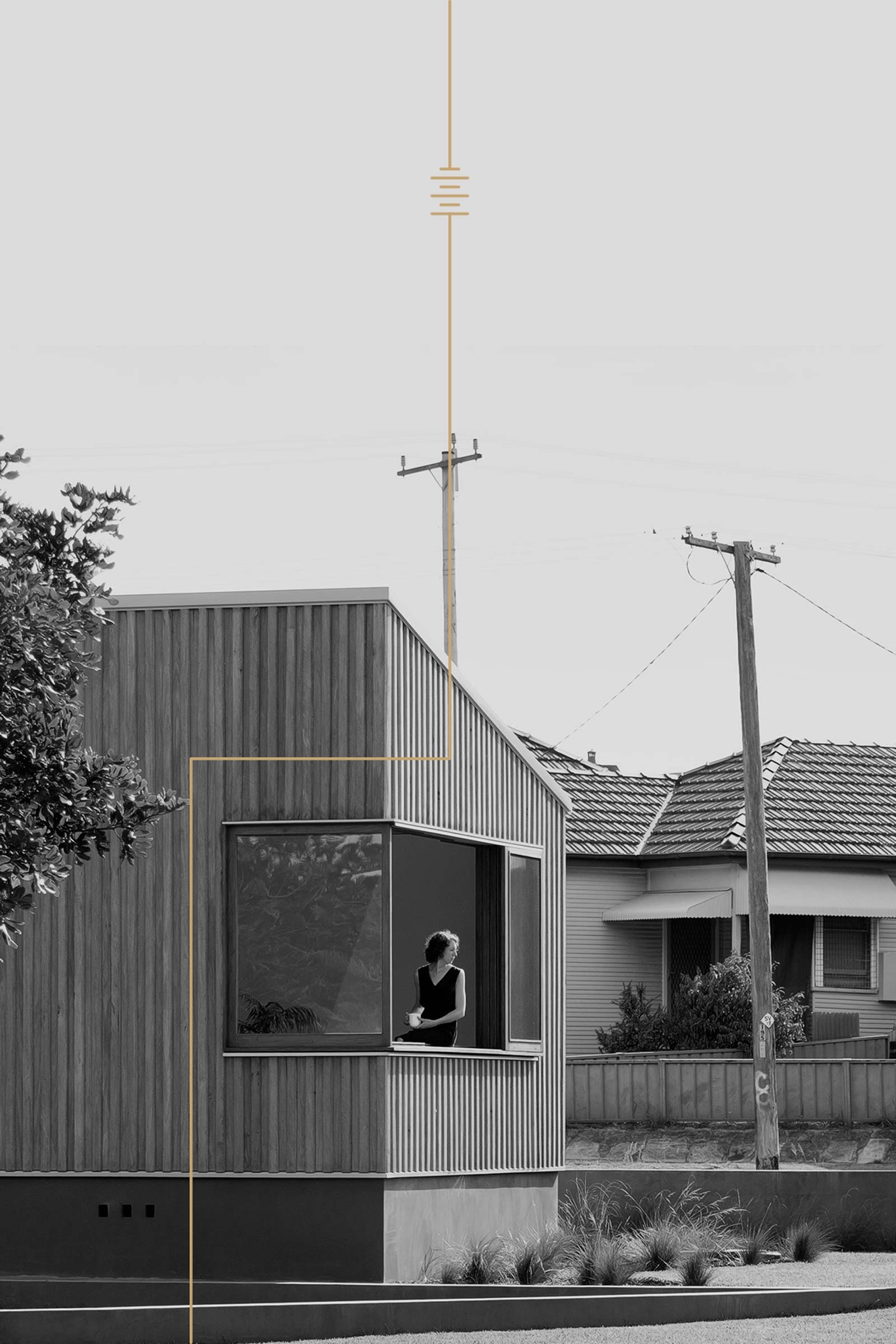
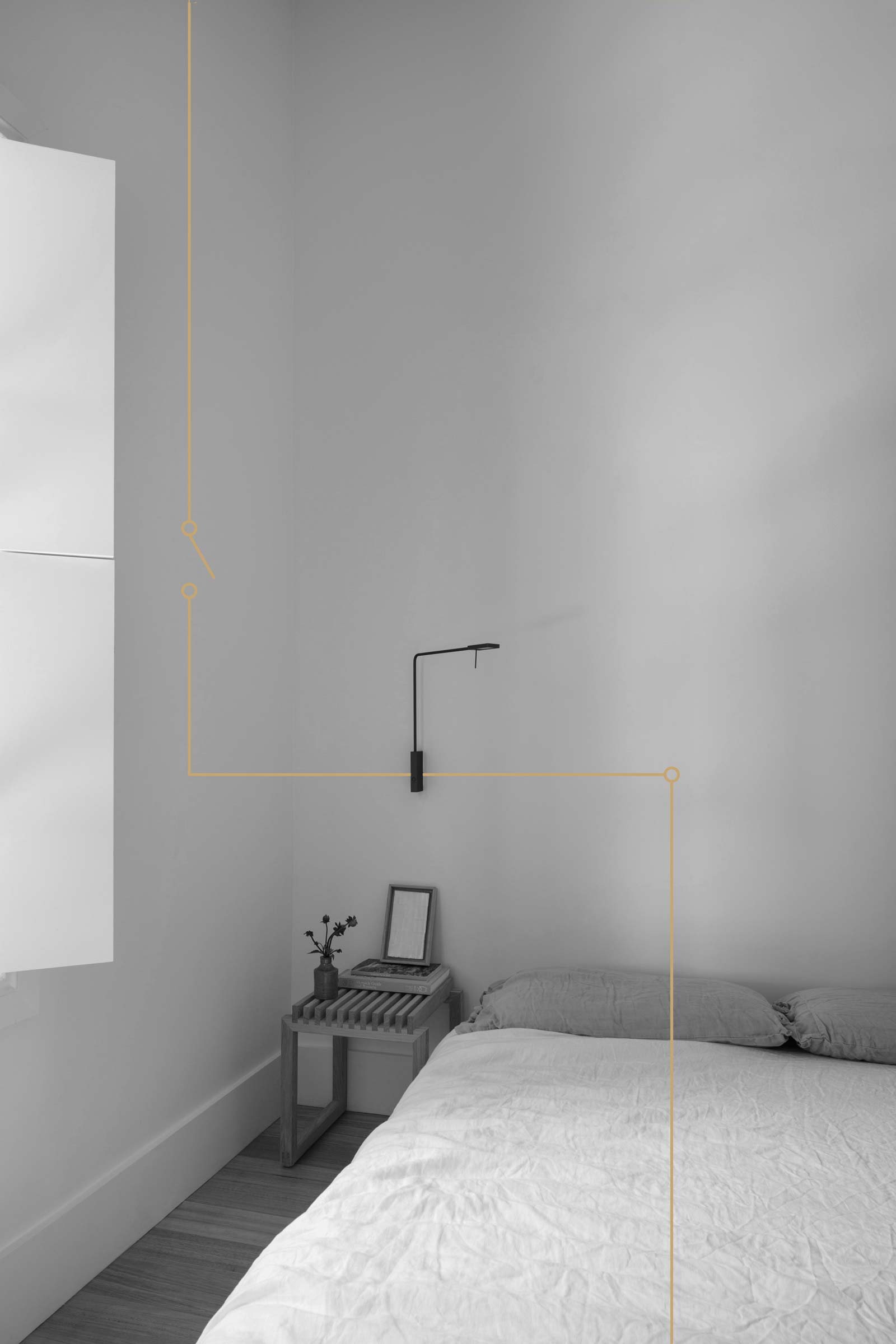
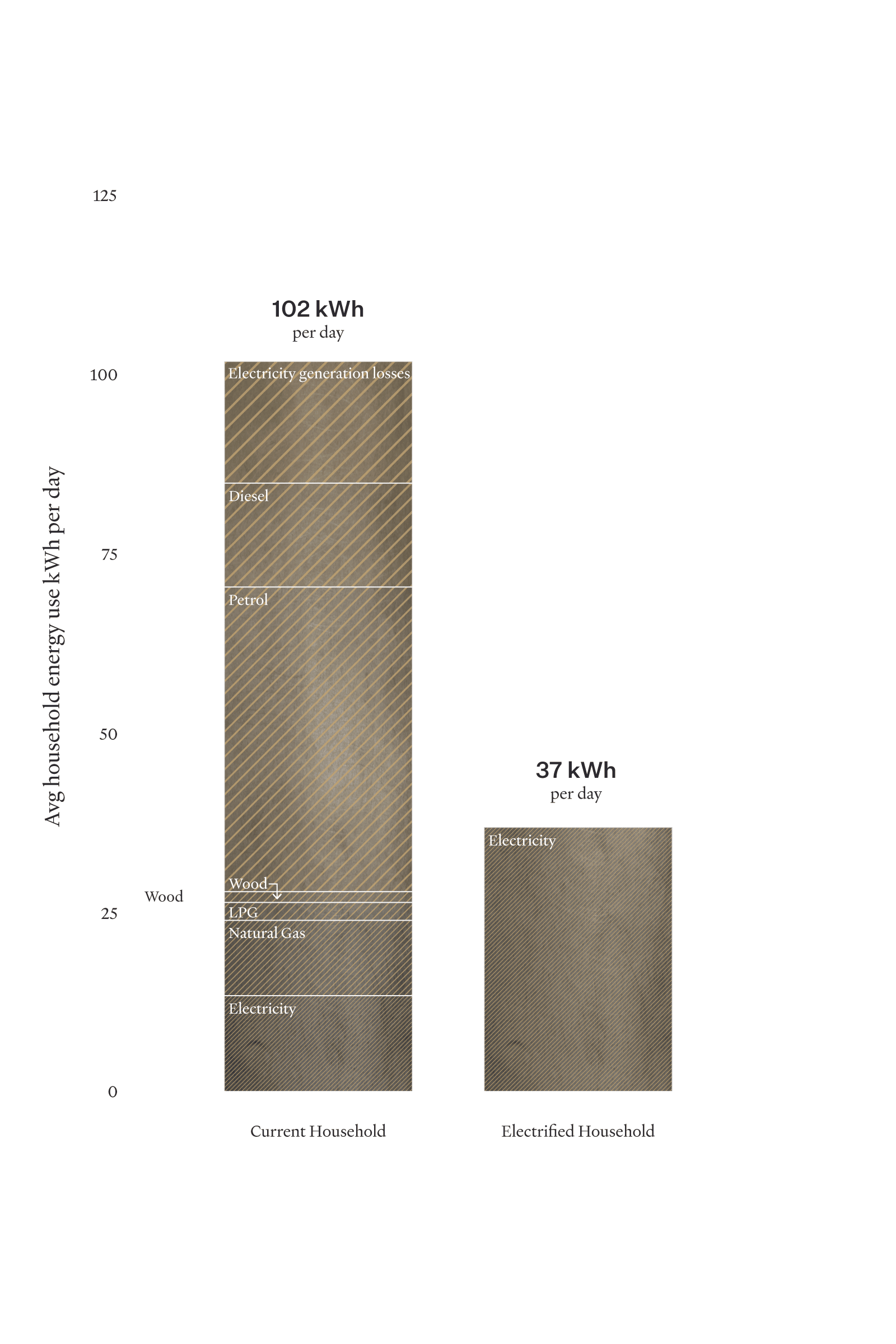
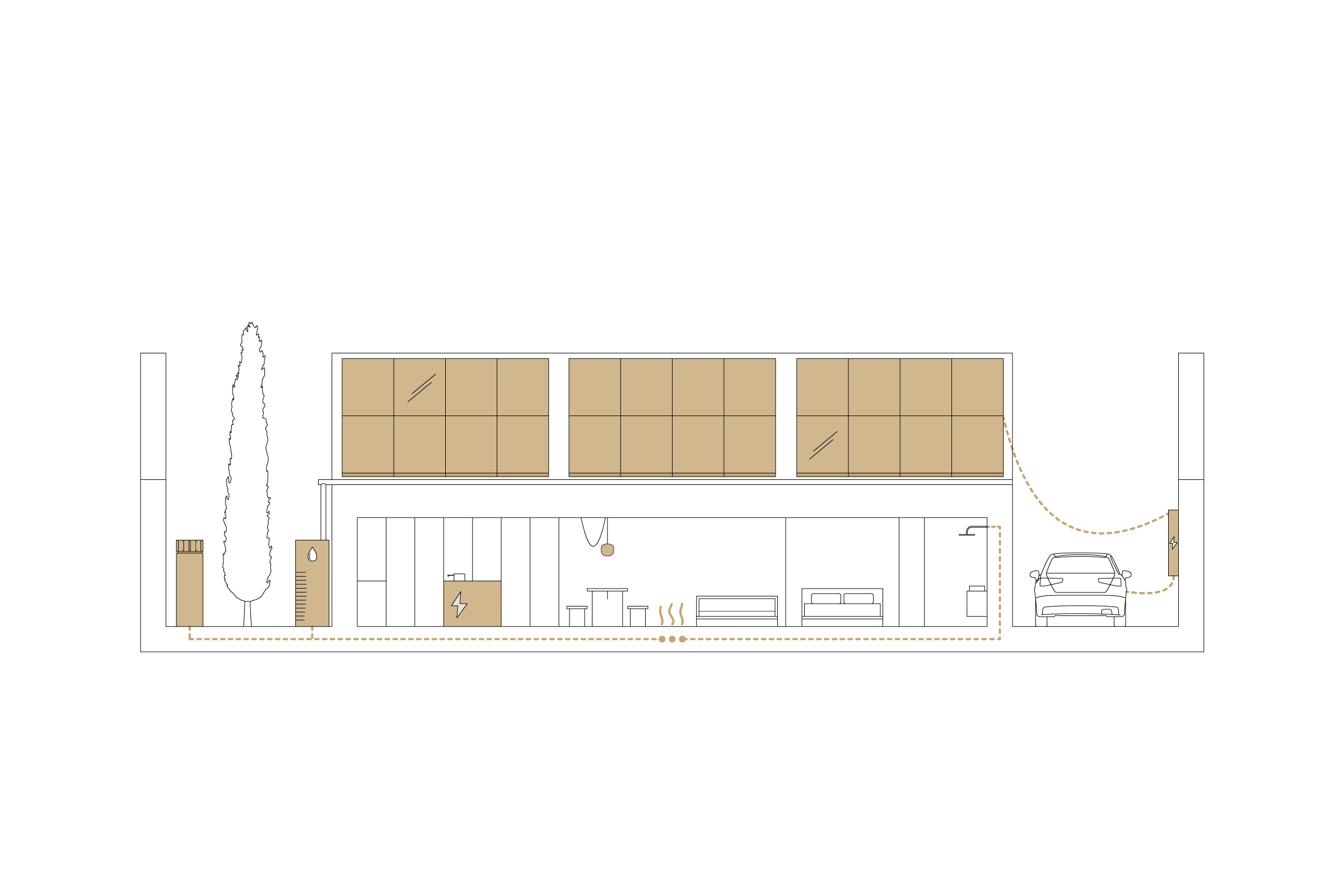
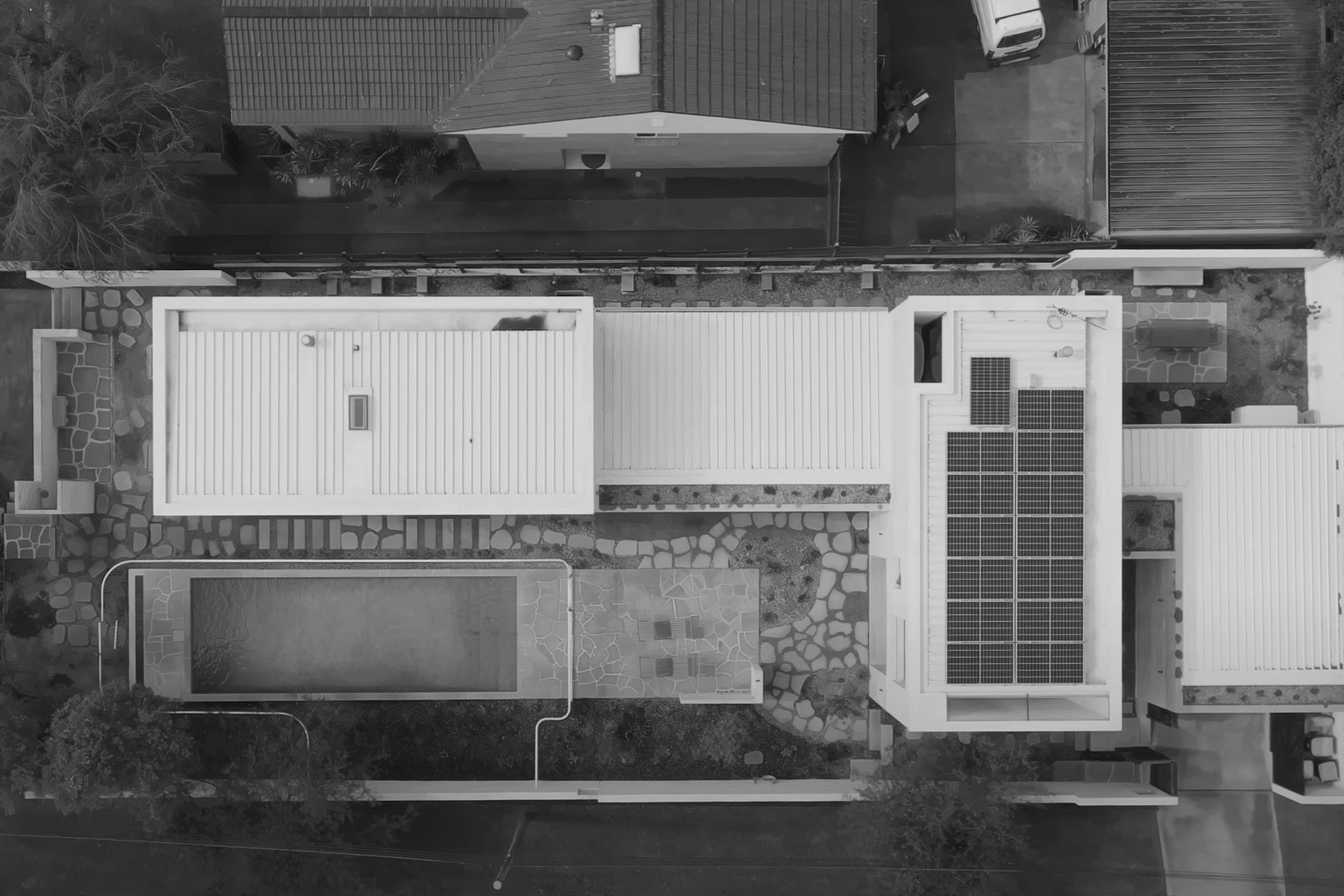
For years, we have been speaking about the benefits of electrification. We have found that many people are on board with the switch away from gas, but with one exception: their stoves. This is, in large part, because there is a strong perception that cooking with gas allows for better culinary control.
But this is a clear case where times have changed and we must move beyond simple, familiar slogans. The marketing pitch around ‘cooking with gas’ was first introduced in the late 1930s and early 1940s, and decades-long lobbying equated gas cooking with quality. For a long time, this was for good reason, as cooking with gas was faster and more responsive than cooking with old-fashioned electric cooktops. However, technology has now progressed to a point where induction cooking is, in many ways, preferable – and it has innumerable benefits for our health and environment.
The depiction of gas as “natural” has obscured its health impacts, which are slowly coming to light. Gas creates noxious fumes, including nitrogen dioxide and carbon monoxide, and recent research has revealed that these fumes are detectable in households, even when their appliances aren’t in use. More alarmingly, studies have begun linking gas cooktops to an increased likelihood of allergies and asthma. According to a 2018 report published by the Medical Journal of Australia, gas cooking is estimated to be responsible for up to 12% of cases of childhood asthma. In fact, according to the Climate Council, the risks of having gas cooking within a domestic kitchen are now considered to be comparable to being exposed to household cigarette smoke.
The dialogue is now changing. November 2022 saw the launch of the Global Cooksafe Coalition, a consortium of high-profile chefs, doctors, climate scientists and real estate developers, all of whom are advocating for electrification in Australia’s building stock. Commercial kitchens are switching to induction and the nation’s foremost developers are promising to phase out gas cooktops by 2030.
The impetus is now on consumers to make the environmentally responsible choice and disconnect entirely from gas. As Griffith writes:
“Of the decisions we make around our kitchen tables, the daily ones we make about our castles (our homes) and cars have the greatest impact on the climate. Decades of environmental advice to reduce, reuse and recycle have only had a tiny influence. The key thing to understand is that a small number of infrequent decisions determine what your actual climate impact is. These decisions are about what is on your roof (solar or not), what is in your garage (electric vehicles or not), what is in your kitchen (electric cooking or not) , what is in your basement or alongside your house (electric heating and electric hot water or not) , and whether you have a battery (or not). These are things you buy once every ten years, not every day, and once you have bought them they become the infrastructure of your life. If you make the right choices (electrification), they lock in climate – friendly behaviour, every day.”
As architects, clients and consumers, we have the agency to shift our homes, streets and neighbourhoods towards an all-electric future. This change begins one cooktop, heat pump and solar array at a time – and we, for one – are all on board with the switch.
Since 2020, Trias has only designed all-electric homes.
All graphs accompanying this article are courtesy of Saul Griffith’s book “The Big Switch: Australia’s Electric Future.”
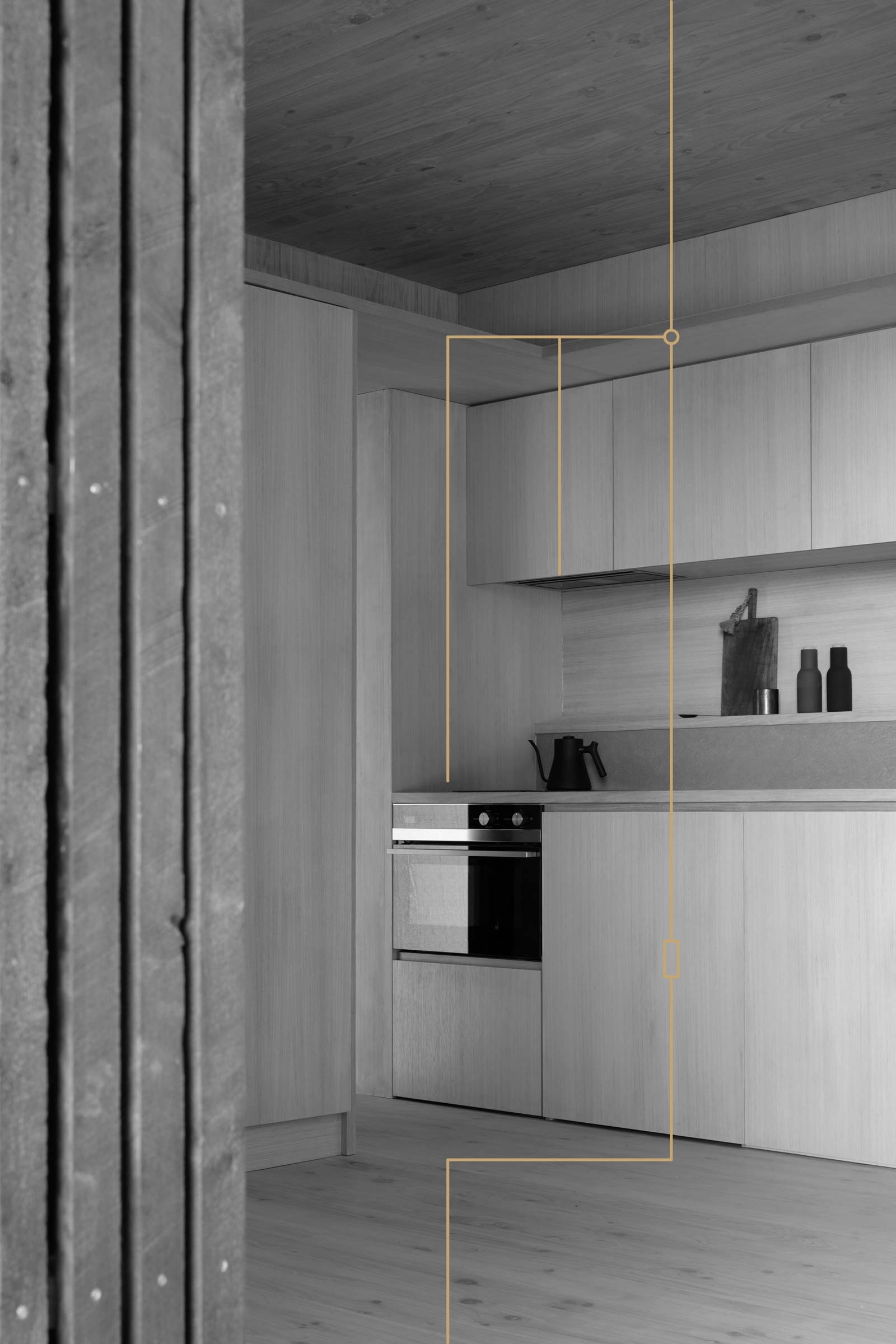

Articles
Written By:
Jennifer McMaster
Photos By:
B.Hosking & C.Weaver